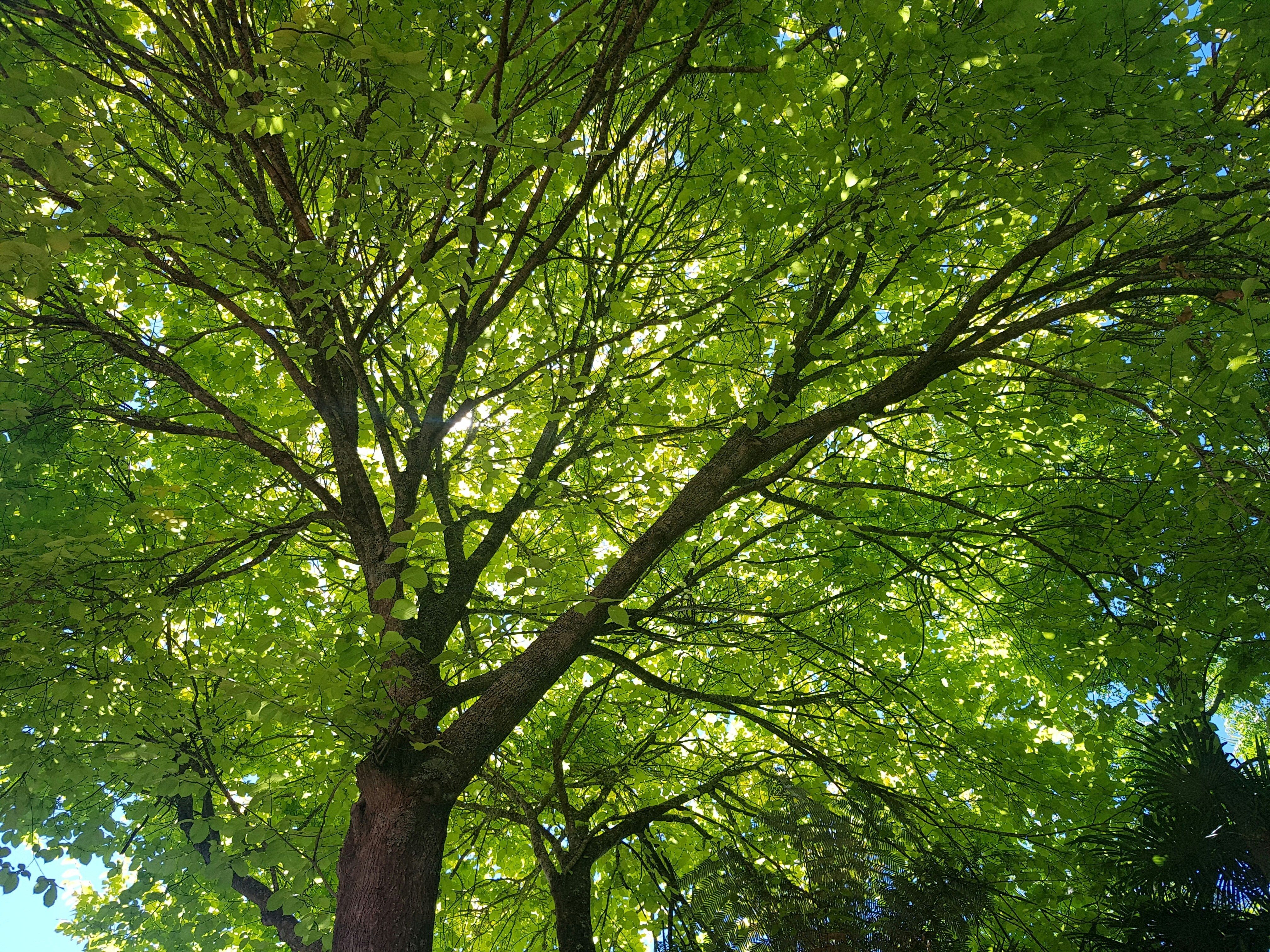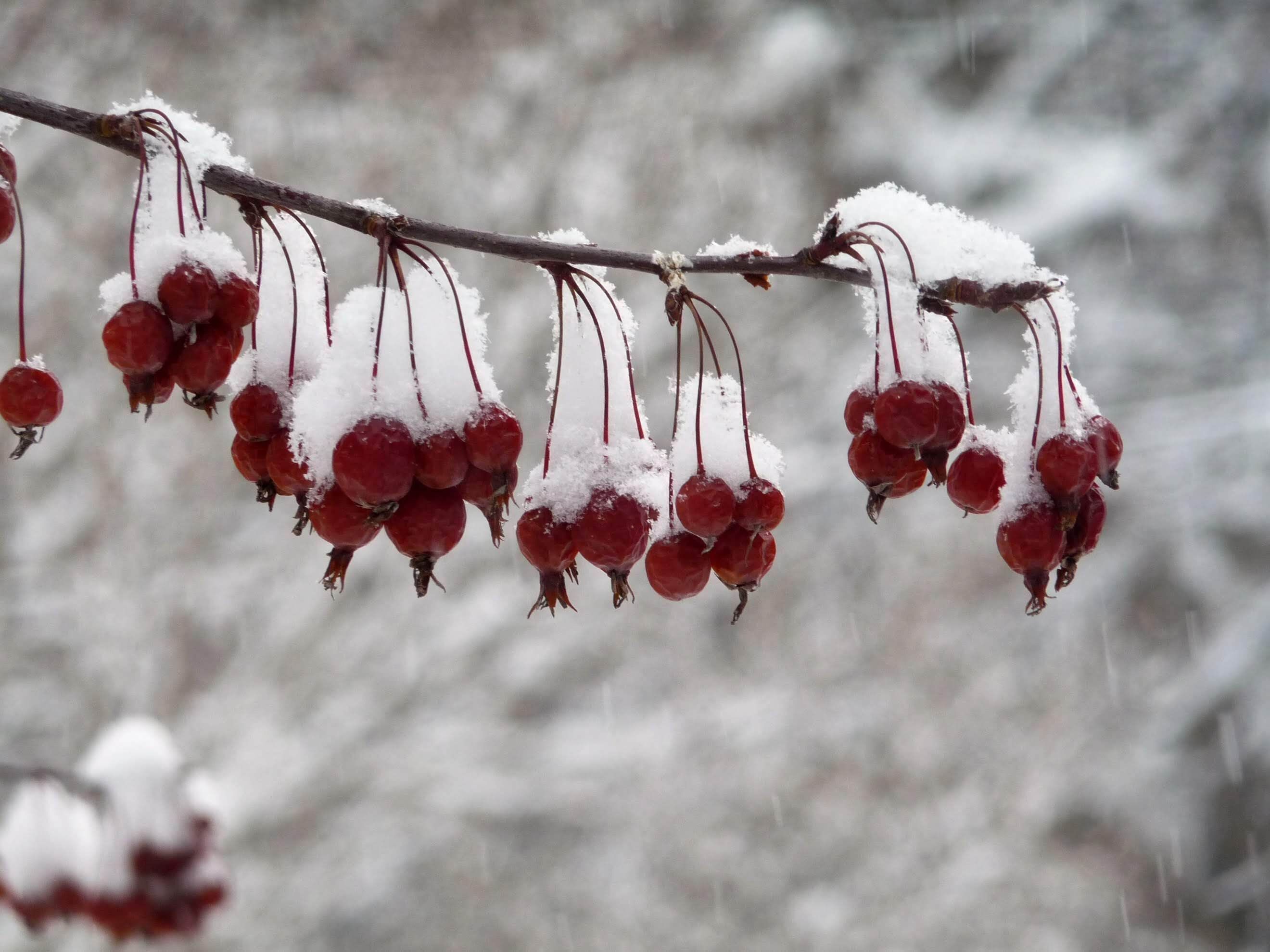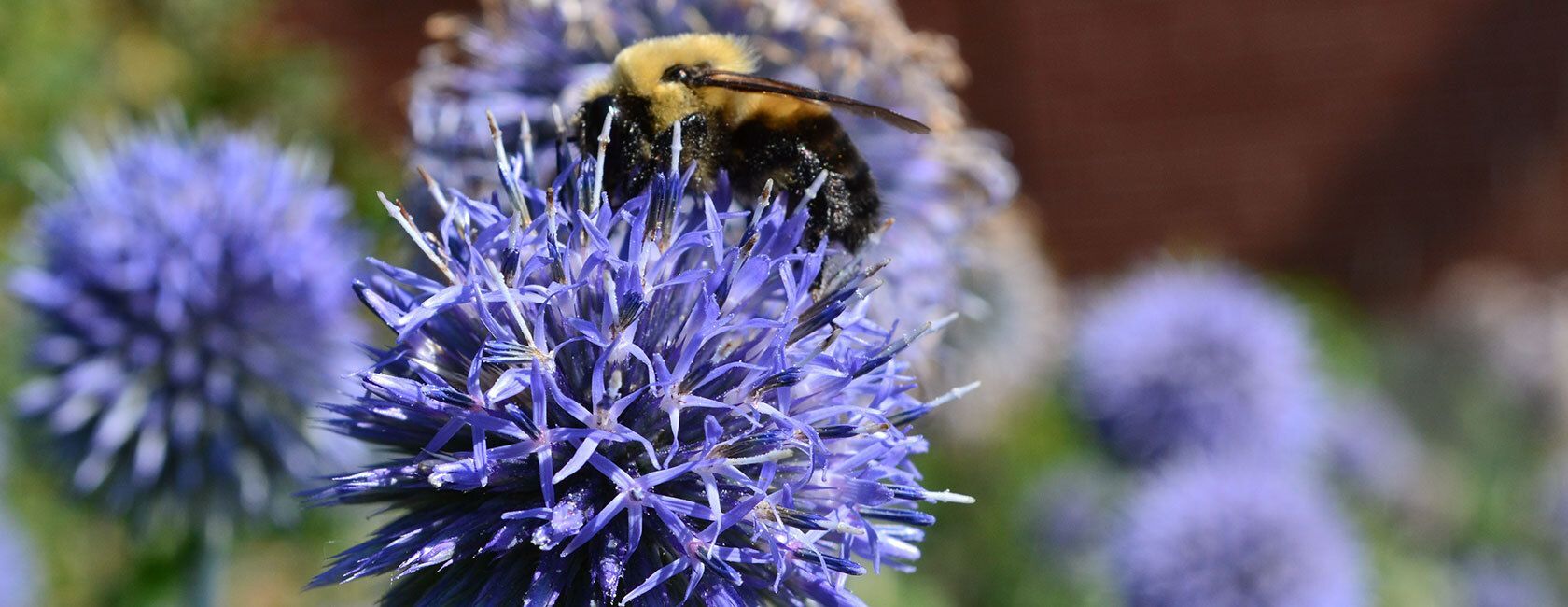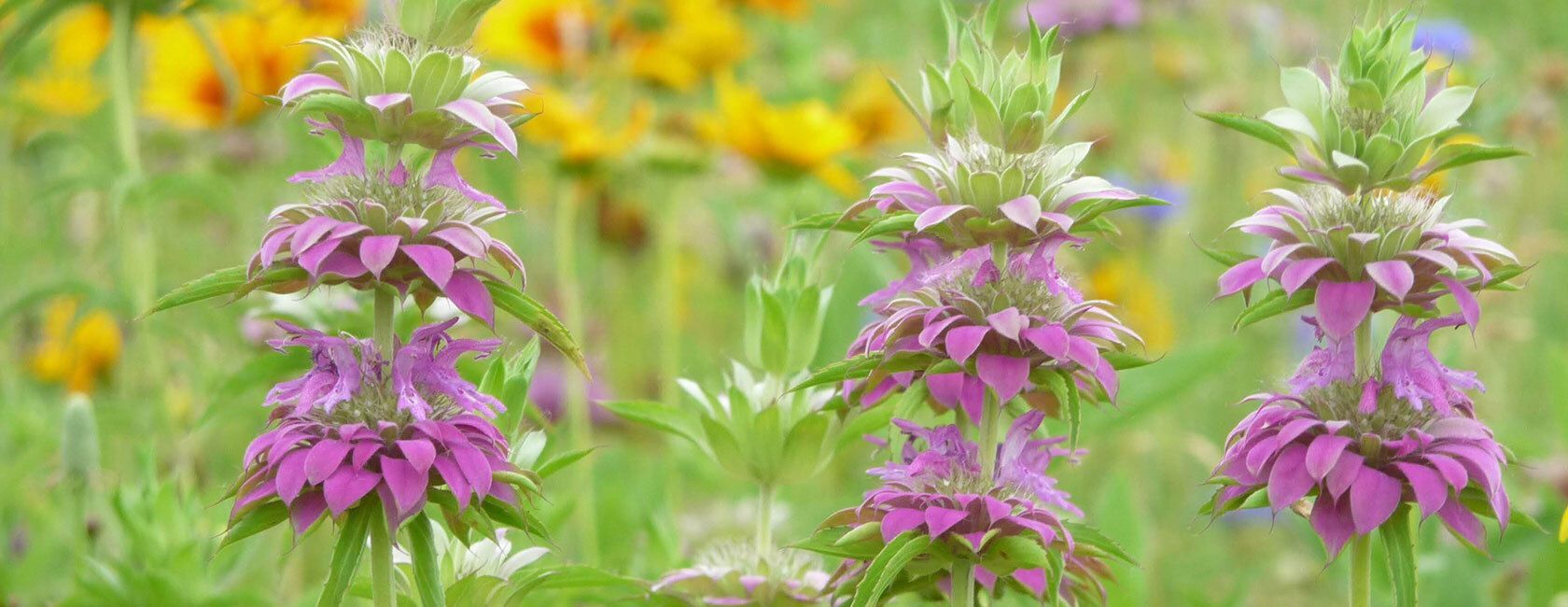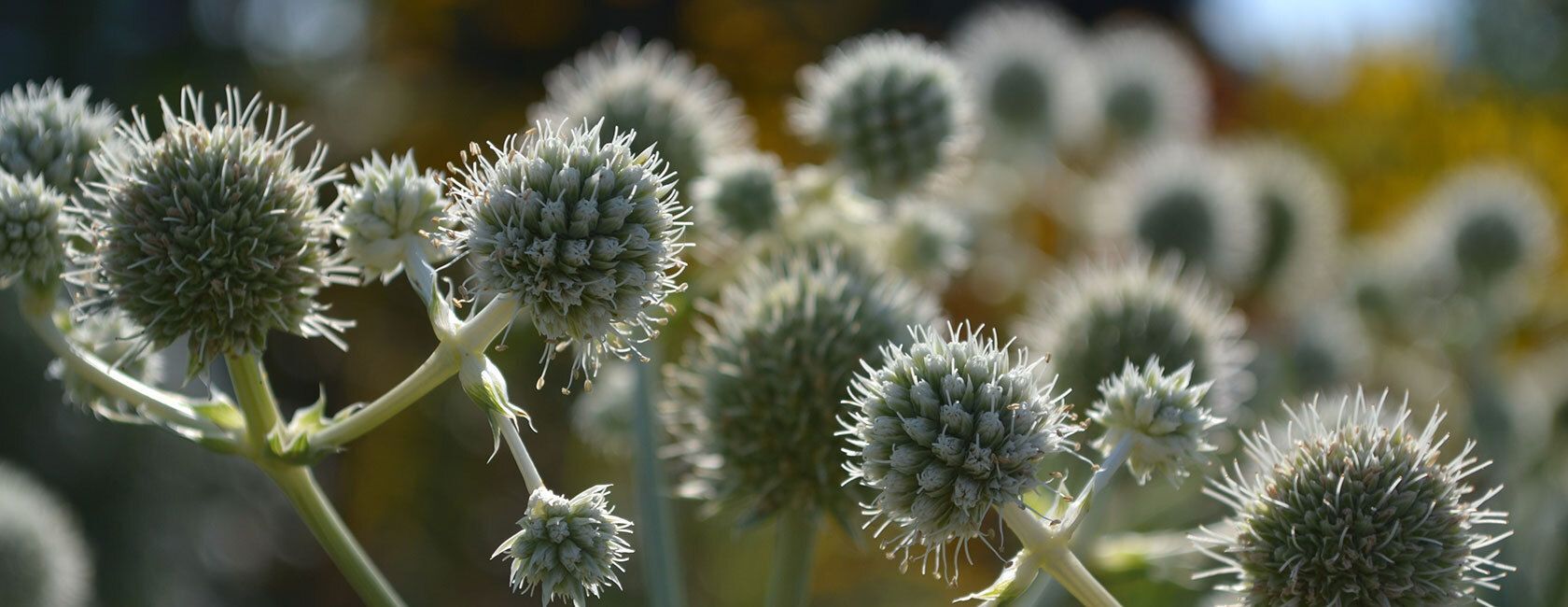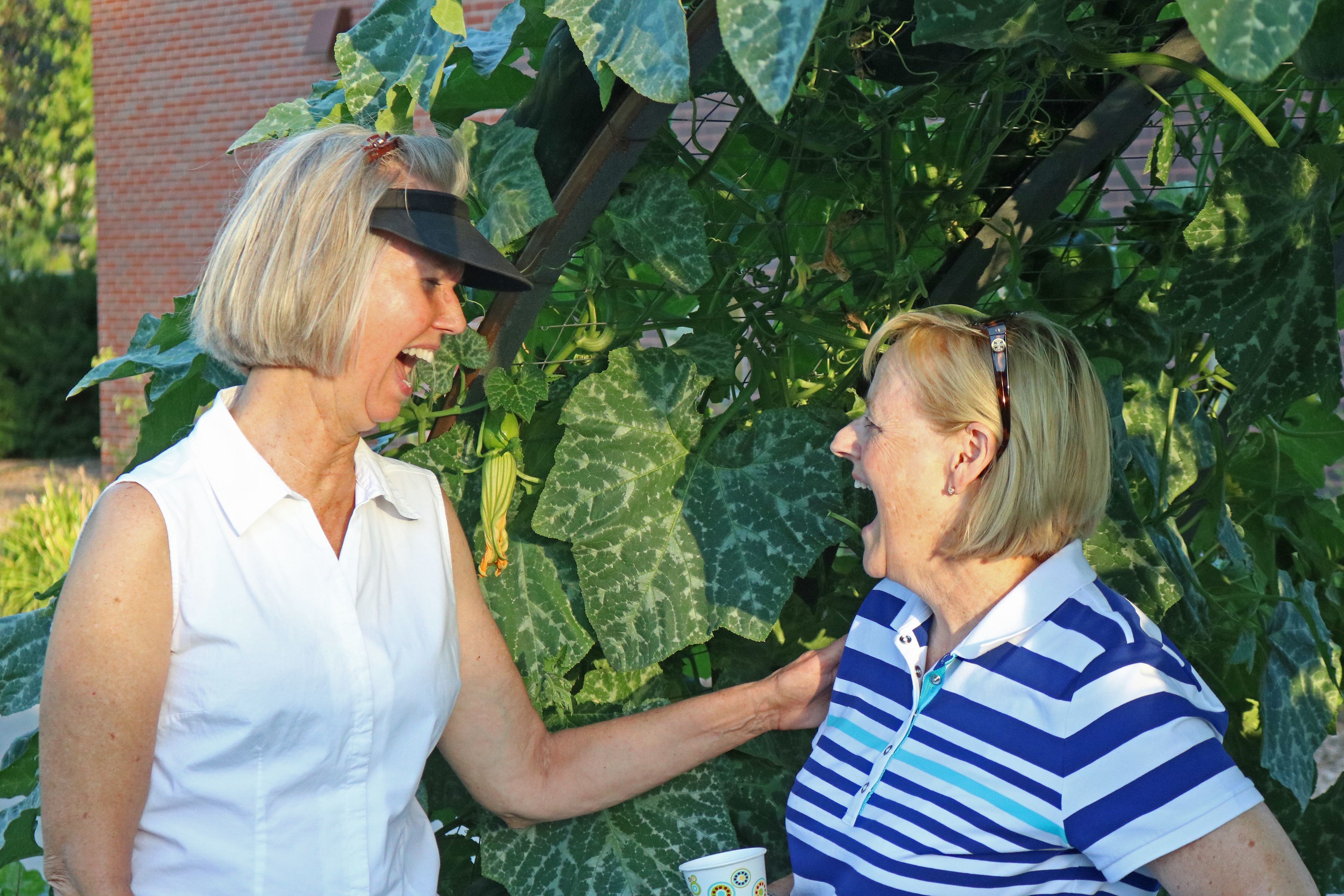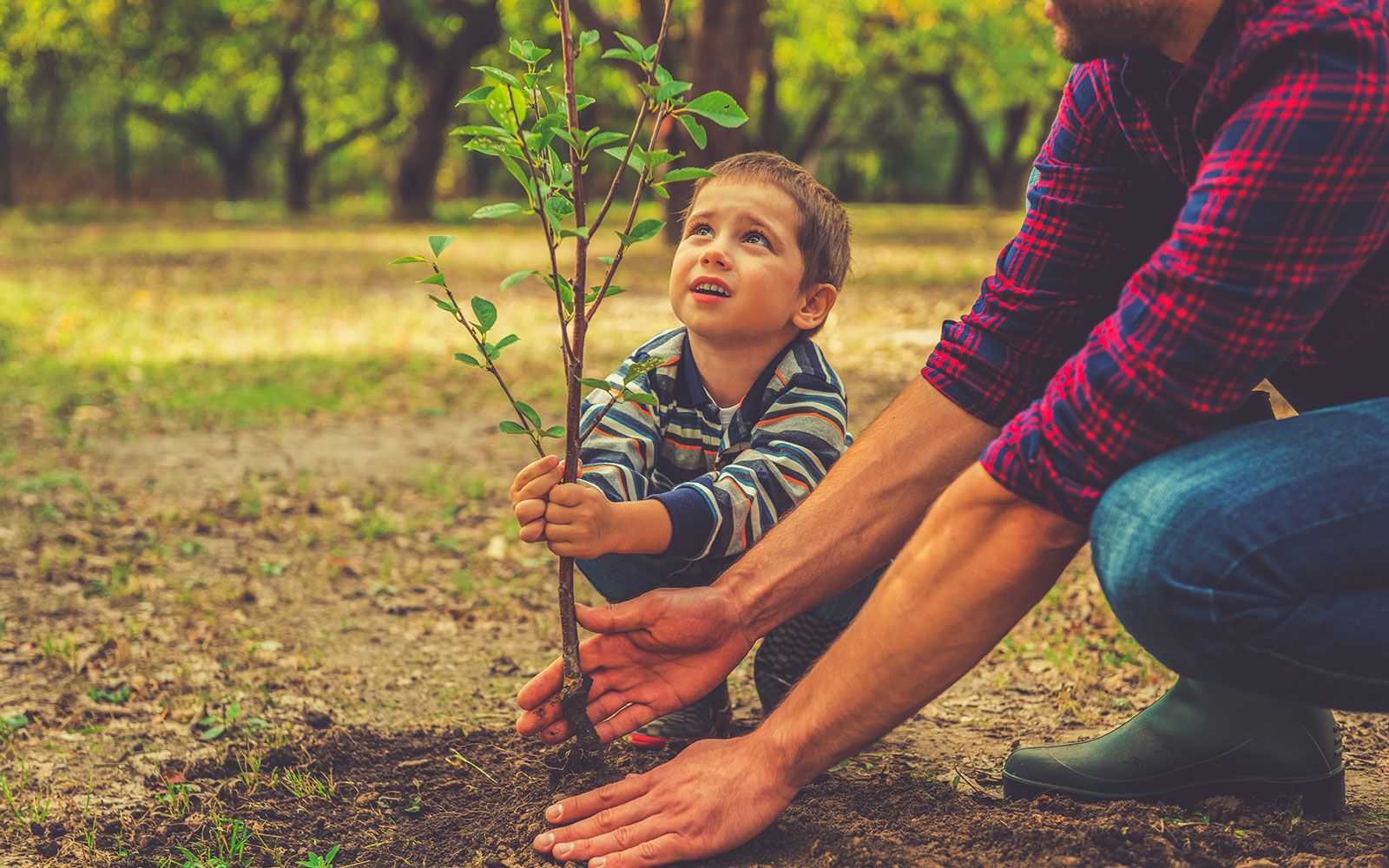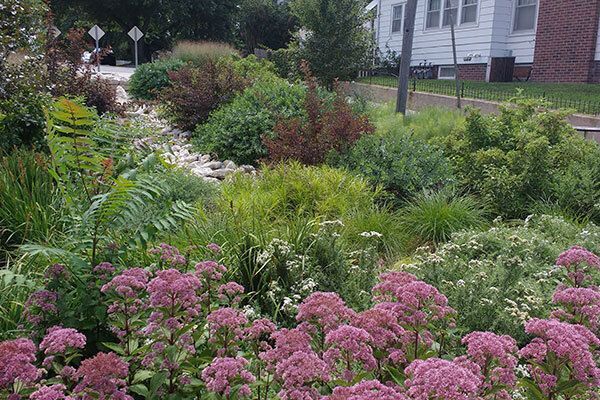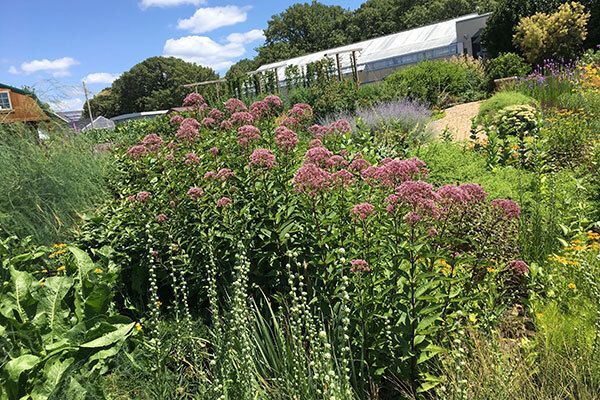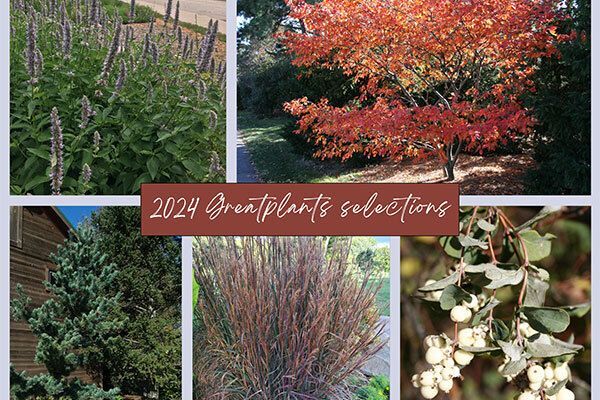
Spring is synonymous with planting, but did you know that fall may actually be a better time to plant a tree? Here are some reasons why now might be an ideal time to get a new tree in the ground:
- Planting a tree during the fall gives it more time for its roots to get established. The combination of cooler temperatures and autumn rain allows trees the time and low-stress circumstances to establish their roots, making it easier on them to adjust to extreme heat or drought by the time summer rolls around.
- Like a bear cozying into a hibernation state during the winter, trees go dormant during the colder months too. So rather than feeling the stress of winter’s colder temperatures, a dormant tree actually slows its growth, energy consumption and metabolism – it essentially goes to sleep for the season.
- As tree shoot growth halts, the tree requires less water because the days are cooler and shorter and the rate of photosynthesis decreases. However, this doesn’t mean a newly planted tree doesn’t need any water – it does! You should give your newly planted tree a thorough watering at planting and then continue to give it supplemental water once a month or so while the ground is still unfrozen, especially if it's a particularly dry fall and winter.
Generally it’s safe to plant trees until the first hard frost. Deciduous trees, which are trees that lose their leaves in the winter, typically do better than evergreen trees with fall planting. Because they shed their leaves in the fall, they don't need to use water to maintain the canopy and can instead spend their energy on establishing their root system. Evergreens, on the other hand, don’t lose their leaves (needles) during the winter, so they need a more established root system heading into the colder months in order to keep their leaves hydrated. If you are planting an evergreen this fall, earlier in the season is better.
Remember, your newly planted tree will require the some care to help it get established, no matter what time of year you plant. Always mulch a two- to three-inch ring of mulch around the base of your tree, taking care not to pile the mulch against the trunk. Water your tree right after planting, even if it’s cold outside.
Plant a tree now, and then, come spring, sit back with a cold glass of lemonade and watch your neighbors labor to get their new trees in the ground!

